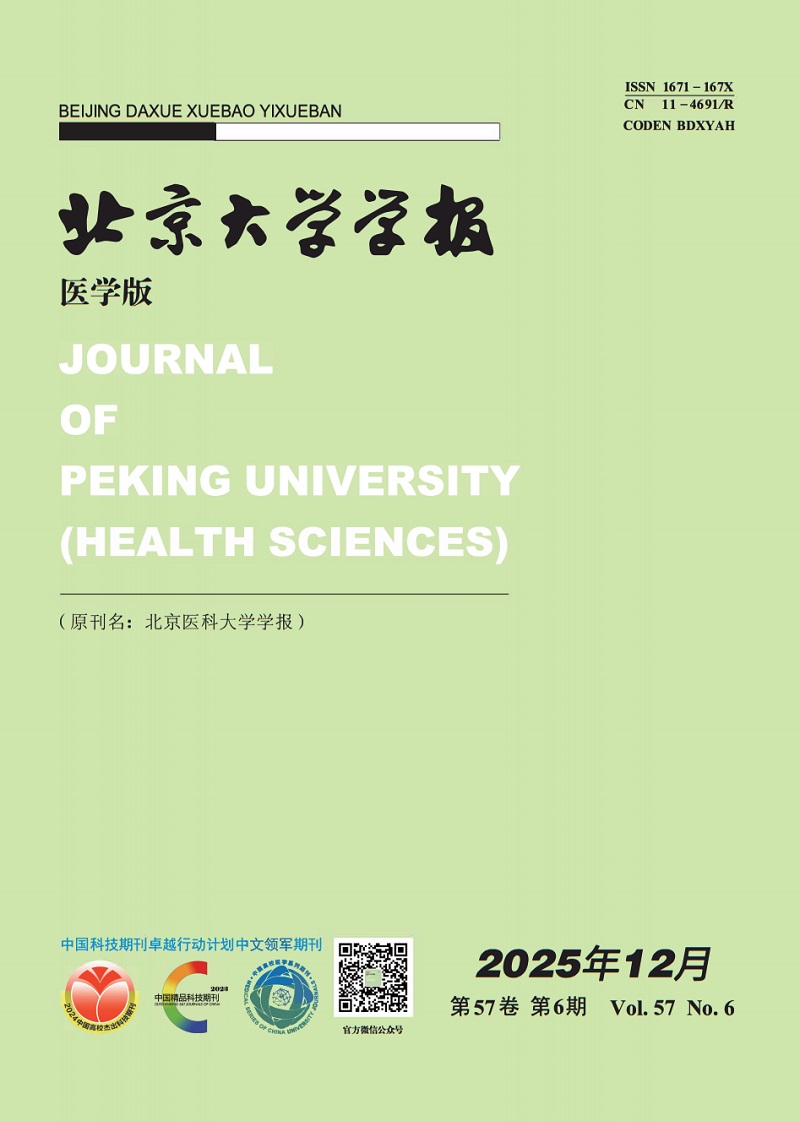Objective: To evaluate the clinical results of total hip arthroplasty (THA) for the treatment of patients with systemic lupus erythematosus (SLE) with end-stage osteonecrosis of femoral head (ONFH). Methods: Between March 2002 and June 2024, 235 SLE patients with end-stage ONFH who underwent 340 THAs were retrospectively reviewed. Before operation and at the last follow-up visit, the patient demographics, disease-related, hip and surgery-related, and laboratory parameters were collected via outpatient questionnaire, telephone, and online questionnaire. Objective clinical results were evaluated using the Harris hip score (HHS) system and subjective clinical results were evaluated using the short form-12 (SF-12) outcome score. The patient satisfaction at the last follow-up was evaluated by using a four-point scale with the options "very unsatisfied", "unsatisfied", "satisfied", or "very satisfied". Results: The median duration of follow-up was 58.0 (34.7, 101.2) months (12.4-283.2 months). At the last follow-up, the HHS increased from 32.0 (23.8, 39.3) before surgery to 88.0 (84.0, 91.0), the SF-12 mental component score (MCS) increased from 42.3(35.7, 48.7) before surgery to 52.3 (47.8, 55.9) and the SF-12 physical component score (PCS) increased from 36.8 (28.3, 43.4) before surgery to 52.0 (46.7, 54.5) (all P < 0.001). Evaluation of the hip satisfaction at the last follow-up showed that 58.8% (200 hips) were very satisfied, 35.3% (120 hips) were satisfied, 4.1% (14 hips) were less satisfied, 1.8% (6 hips) were very unsatisfactory, and the overall satisfaction rate was 94.1%. The postoperative systemic complications included pulmonary infection in 6 hips (1.8%), urinary tract infection in 10 hips (2.9%), cholecystitis in one hip (0.3%), intracranial infection in one hip (0.3%), cerebral infarction in 2 hips (0.6%), pulmonary embolism in 2 hips (0.6%), and atrial fibrillation in 2 hips (0.6%). Consequently, all hips were divided into those with systemic complications (25 hips) and those without systemic complications (315 hips). The results of intergroup comparisons showed significant differences in preoperative SF-12 PCS (P=0.031), postoperative SF-12 PCS (P=0.007), and postoperative HHS (P=0.005). The postoperative orthopedic complications included delayed wound healing in 28 hips (8.2%), joint noise in 11 hips (3.2%), periprosthetic infection in 3 hips (0.9%), dislocation in 3 hips (0.9%), and periprosthetic fracture in 2 hips (0.6%). All hips were divided into the delayed wound healing group (28 hips) and the normal wound healing group (312 hips). The results of intergroup comparisons revealed significant differences in preoperative SF-12 PCS (P=0.009), postoperative SF-12 MCS (P=0.025), and the proportion of THA using ceramic-on-polyethylene bearing (P=0.009) between the two groups. Multivariate logistic regression analysis indicated that preoperative SF-12 PCS (P=0.014, OR=0.94) and the use of ceramic-on-polyethylene bearing surface (P=0.014, OR=2.90) were associated factors for delayed wound healing after THA. Conclusion: The clinical results of THA reconstruction for the treatment of ONFH in SLE patients were reliable with high level of clinical scores and patient satisfaction. Unfortunately, a relatively high rate of systemic and orthopedic complications, including urinary tract infection and delayed healing of incision, deserved attention. Therefore, the perioperative management regimen should be emphasized in order to minimize the risk of postoperative complications.








